Introducing WALLIS™ the advanced high-resolution zeta potential analyzer exclusively tailored for nanoparticle and colloidal charge characterization. Leveraging the latest advancements in Laser Doppler Electrophoresis (LDE), WALLIS™ offers precise, artifact-free measurements, ensuring unparalleled accuracy in studying colloidal suspension stability and electrophoretic properties of nanoparticles.
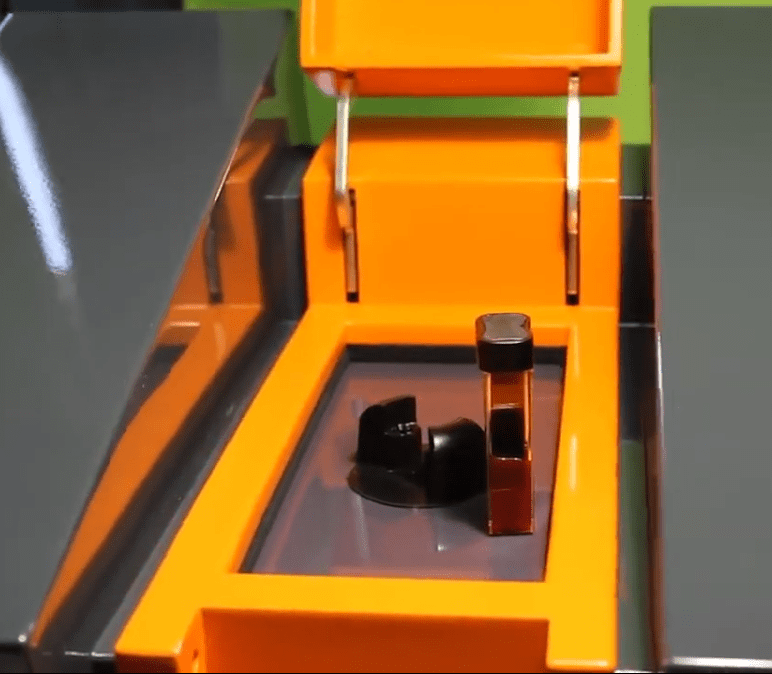
WALLIS™ ensures artifact-free zeta potential measurements, eliminating electro-osmosis to provide you with data you can trust. This precision paves the way for more accurate analyses and better-informed decisions in formulation development.
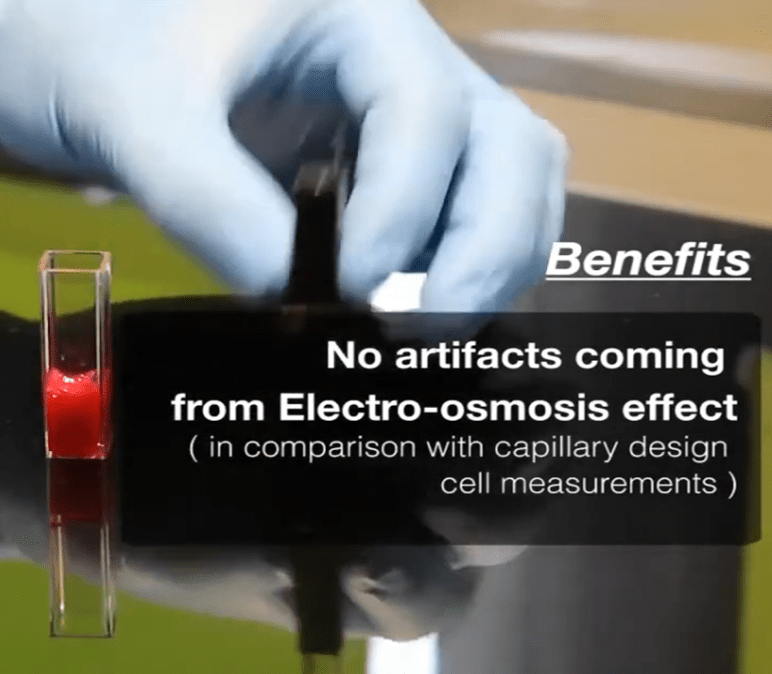
With improved LDE technology, WALLIS™ not only enhances efficiency and reliability but also simplifies the operational process. This innovation makes it an ideal tool for both novice and experienced researchers needing dependable zeta potential data.
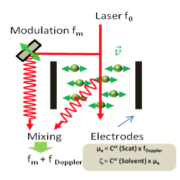
WALLIS™ outshines the competition with its ability to deliver high-resolution measurements down to an impressive 0.1 mV. This exceptional level of detail allows you to unravel the intricate behaviors of nanoparticles and gain a deeper understanding of their properties, setting your research apart from the rest.
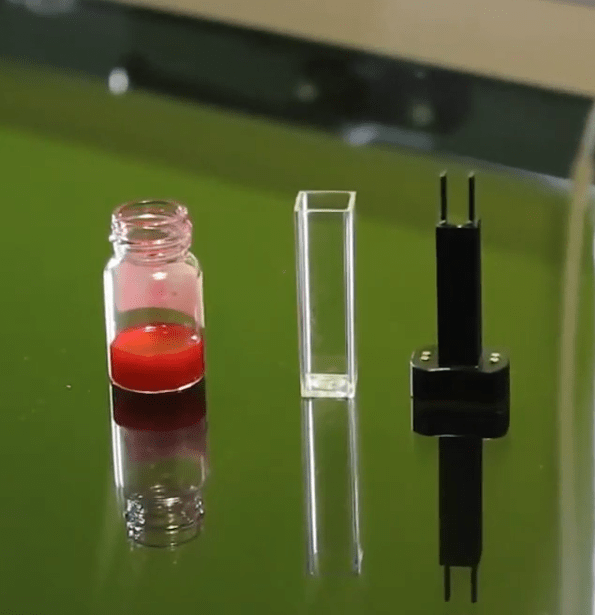
Equipped with highly durable amorphous carbon electrodes and compatible with both standard disposable and quartz cuvettes, WALLIS™ is engineered to handle a wide variety of sample types. From organic solvents to high-pH suspensions, WALLIS™ provides robust and reliable performance across diverse scientific environments.
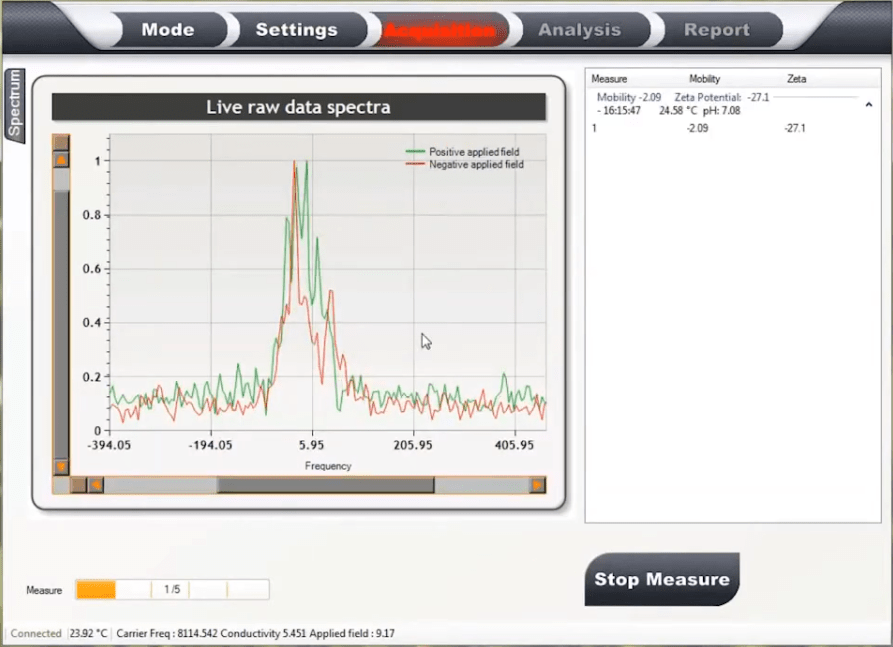
WALLIS™ comes with the powerful ZetaQ software, offering an intuitive interface and advanced functionalities such as Time, pH, and Temperature kinetic modes. With built-in support for standard operating procedures (SOPs) and detailed report editing, ZetaQ enhances both usability and productivity, allowing you to focus on what matters most: your research.
Measurement principle: Laser Doppler Electrophoresis (LDE)
Scattering angle: Single angle for zeta potential at 17°
Particle size range: 1 nm up to 100 µm
Molecular weight range: NA
Software: ZetaQTM
Key measurements: Zeta Potential
"*" indicates required fields
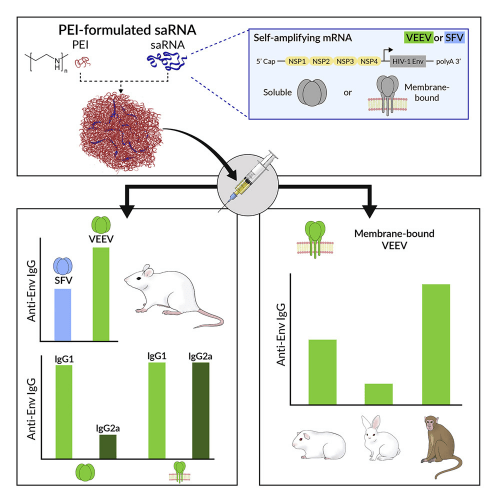
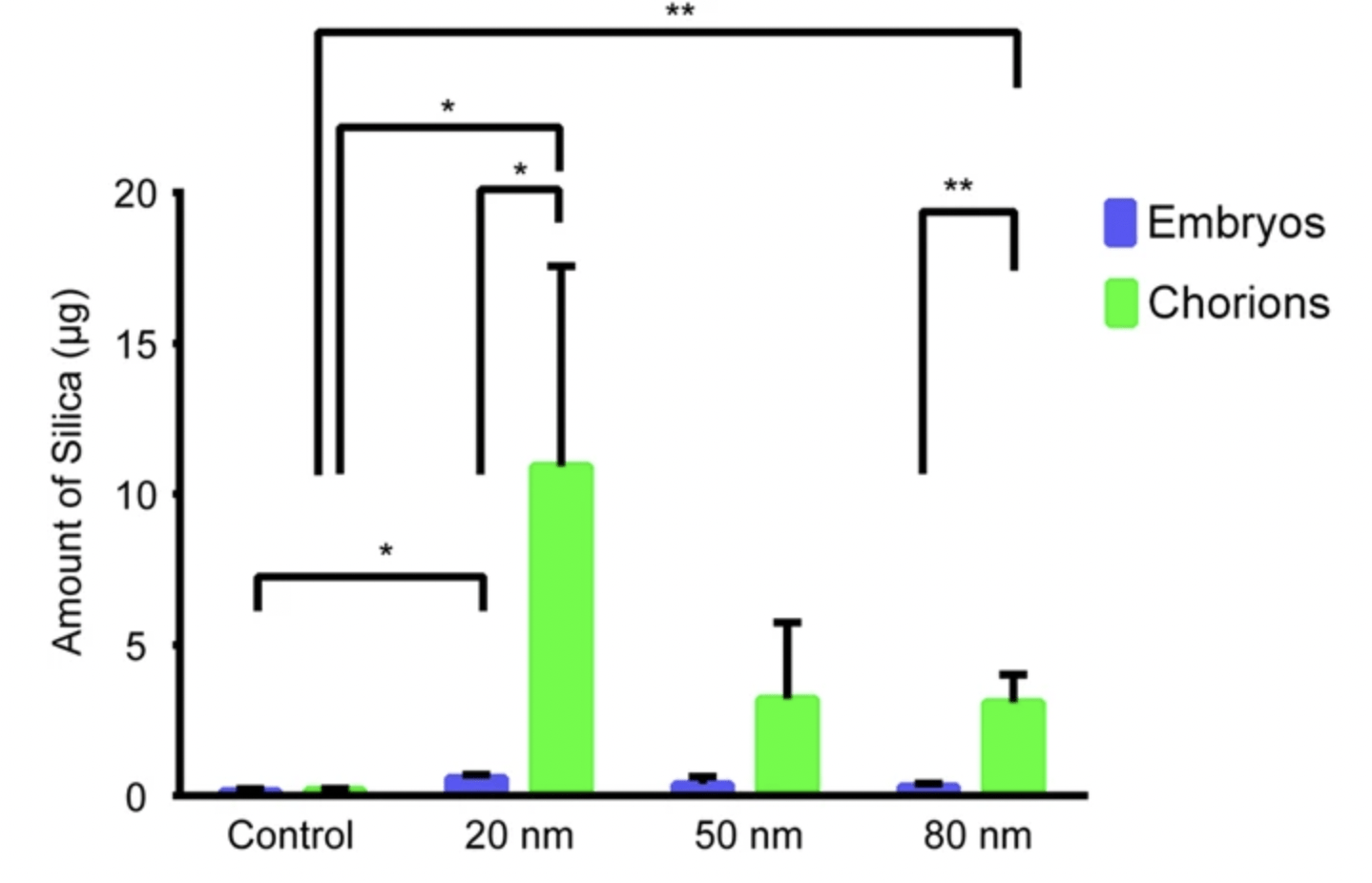
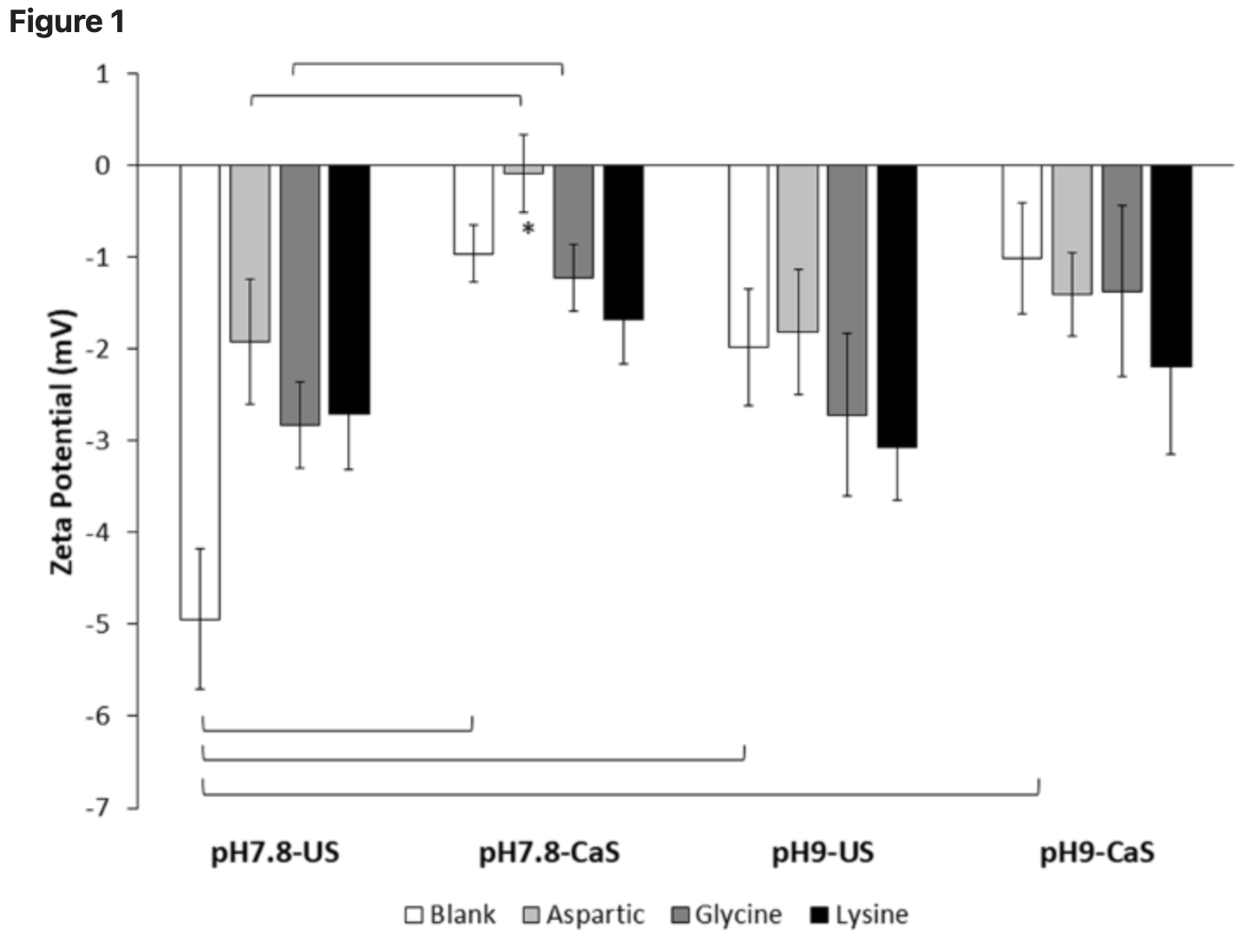

Let Wallis reveal the unseen dimensions of your colloidal suspensions. Submit your samples for a complimentary analysis and see the precision of Wallis for yourself.

Wallis isn’t just an instrument; it’s a commitment to your research’s future. Benefit from our lifetime customer support, ensuring your Wallis continues to drive innovation in your projects.

Elevate your research with the Wallis. Request your quote today and step into the next dimension of nanoparticle analysis.
Witness the transformational impact of Wallis on nanoparticle characterization.
Dive deeper into the world of Cordouan Technologies. Find out more about our solutions, get in touch with our experts, and follow us on social media to keep up with the future of research.